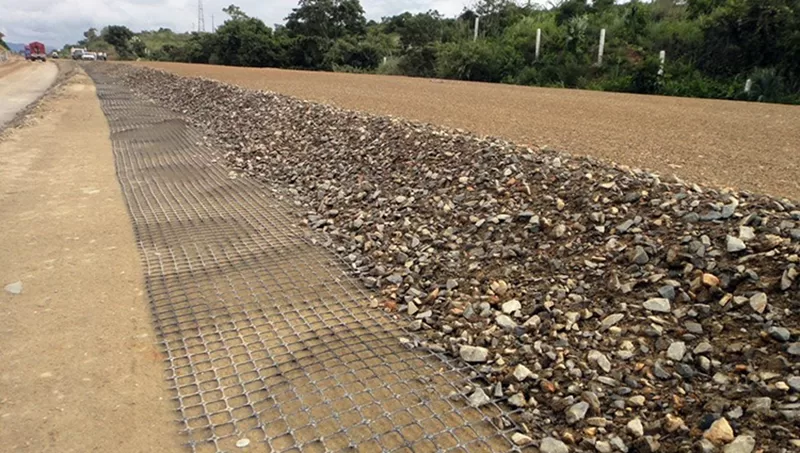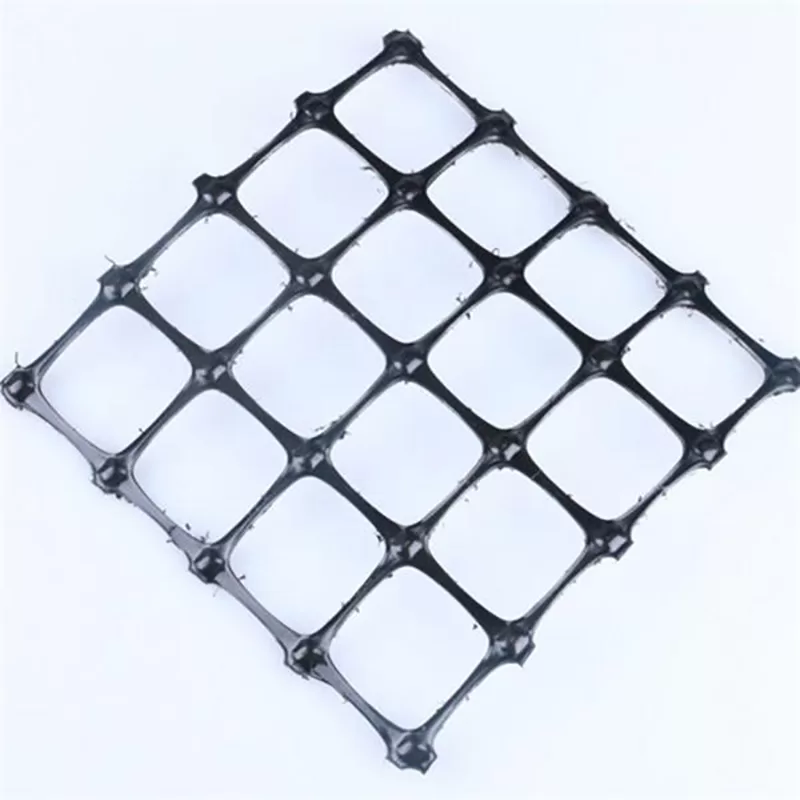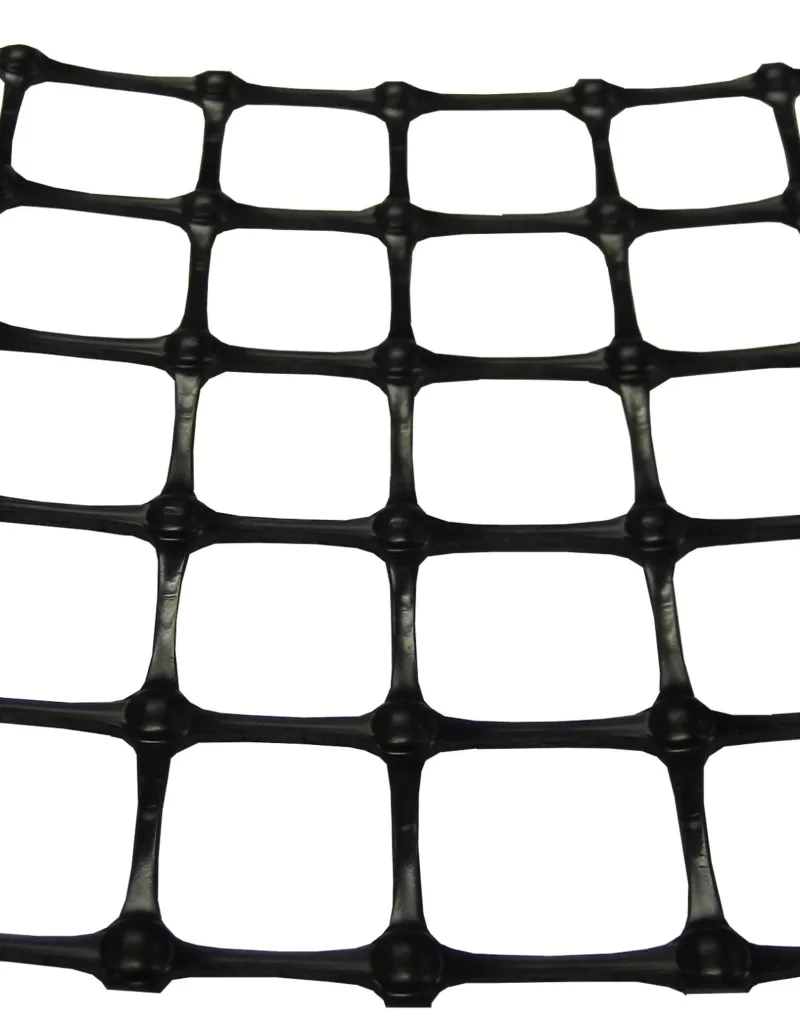+86-159 9860 6917
info@geofantex.com
geofantex@gmail.com
+86-400-8266163-44899
Established construction companies are increasingly relying on geogrids to prevent structural failure, as these materials are highly effective in reinforcing substrates. One of the best ways to gauge the dependability of triaxial geogrids is through their junction integrity, defined by a term known as ultimate junction strength.
Ultimate Junction Strength
Ultimate junction strength is the maximum amount of force a junction can withstand before breaking. Higher junction strength means greater junction stability. There are two main reasons why triaxial geogrids exhibit incredible junction stability:
- Ribs Cross in Two Directions: This provides thicker junctions.
- Dense Polymeric Materials: Each junction is made of very dense polymeric materials.
These factors contribute to the durability of triaxial geogrid junctions over time.

Geogrid for Gravel Roads
Biaxial Geogrids
Biaxial geogrids, also known as retaining wall mesh, are geosynthetic materials constructed into a grid of integrally connected tensile components. The grid has open spaces of acceptable size to allow strike-through and interlocks with surrounding aggregates such as rock. Biaxial geogrids increase the stiffness of unbound aggregate base layers and restrict the movement of aggregate particles under repetitive stress. They are punched and drawn with polypropylene material and comply with Caltrans Standard Specifications for Biaxial Geogrids. The geogrid is placed either below or inside the aggregate base layer of a pavement structure. The composite space consisting of the geogrid and aggregate base is referred to as a mechanically stabilized layer (MSL).
A Typical Asphalt Biaxial Geogrid Application Consists of:
- Hot Mix Asphalt
- Aggregate Base
- Prepared Subgrade
The Benefits of Biaxial Geogrid
- Decreased Aggregate Base Thickness: Results in lower costs.
- Improved Compaction and Uniformity: Particularly beneficial over soft soils.
- Reduced Hauling and Heavy Truck Traffic: Fewer materials are needed for removal, replacement, or backfills.
- Compatibility with Recycled Materials: Can be used with recycled asphalt concrete aggregate base.
- Enhanced Safety: Due to less construction time from reduced hauling and processing of subgrade or backfill materials.
Applications
Biaxial geogrids are intended for use in flexible asphalt pavements or gravel roadways. There are no reports regarding their benefits under concrete pavement. Biaxial geogrids are suitable for a variety of projects and can be more cost-effective in areas where pavement surface grade and drainage control are critical. We also offer geogrids for retaining walls.
Applicable Applications
- Restricted Pavement Surface Grades: Biaxial geogrids offer a thinner base with performance equal to a thicker base.
- Accelerated Construction Requirements: Thinner biaxial geogrids result in less construction due to fewer materials.
- Geogrid for Driveways: Requires less compaction.
- Improved Pavement Structural Capacity: Increased performance over time compared to pavement without biaxial geogrid.
- Soft or Weak Subgrades: Biaxial geogrids can reduce or eliminate the need for material removal.
Most construction sites are now leaning toward geogrids to prevent structural failure due to their ability to withstand added stress and adverse conditions.



Get Free Sample
We’ll respond as soon as possible(within 12 hours)






















